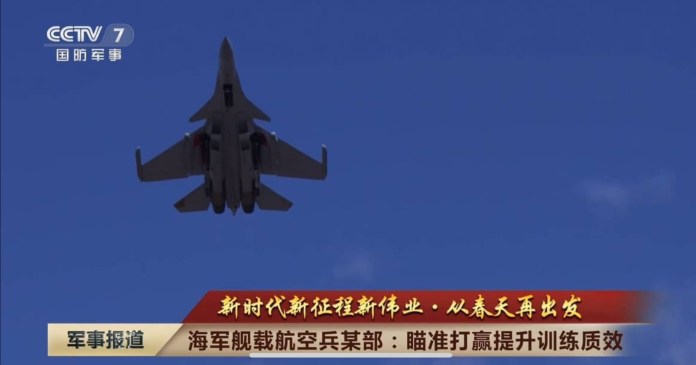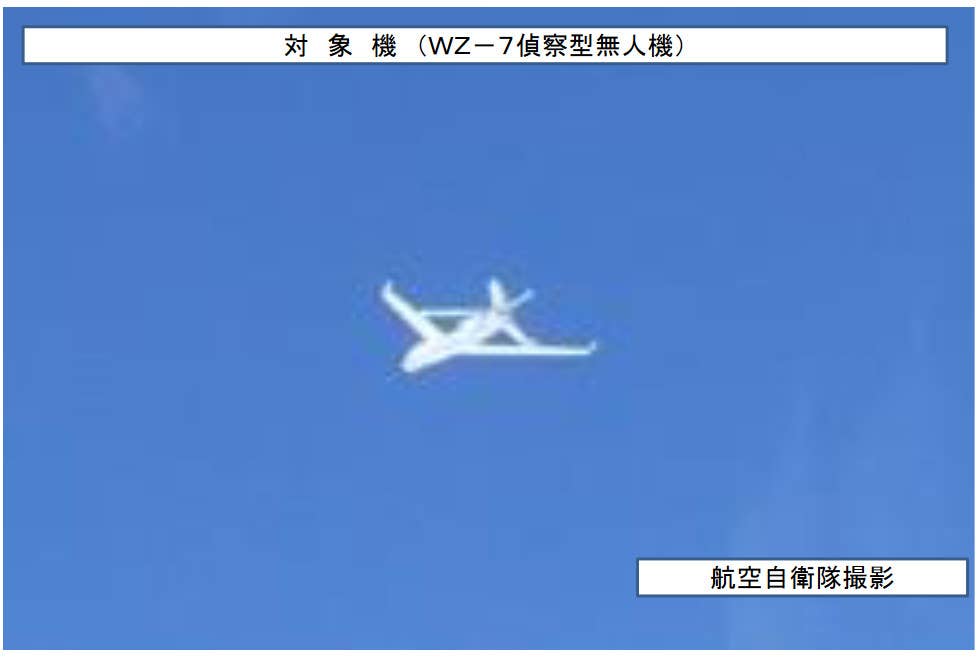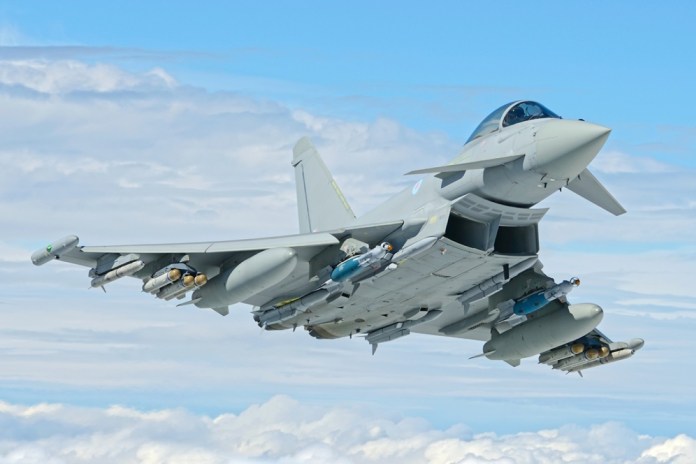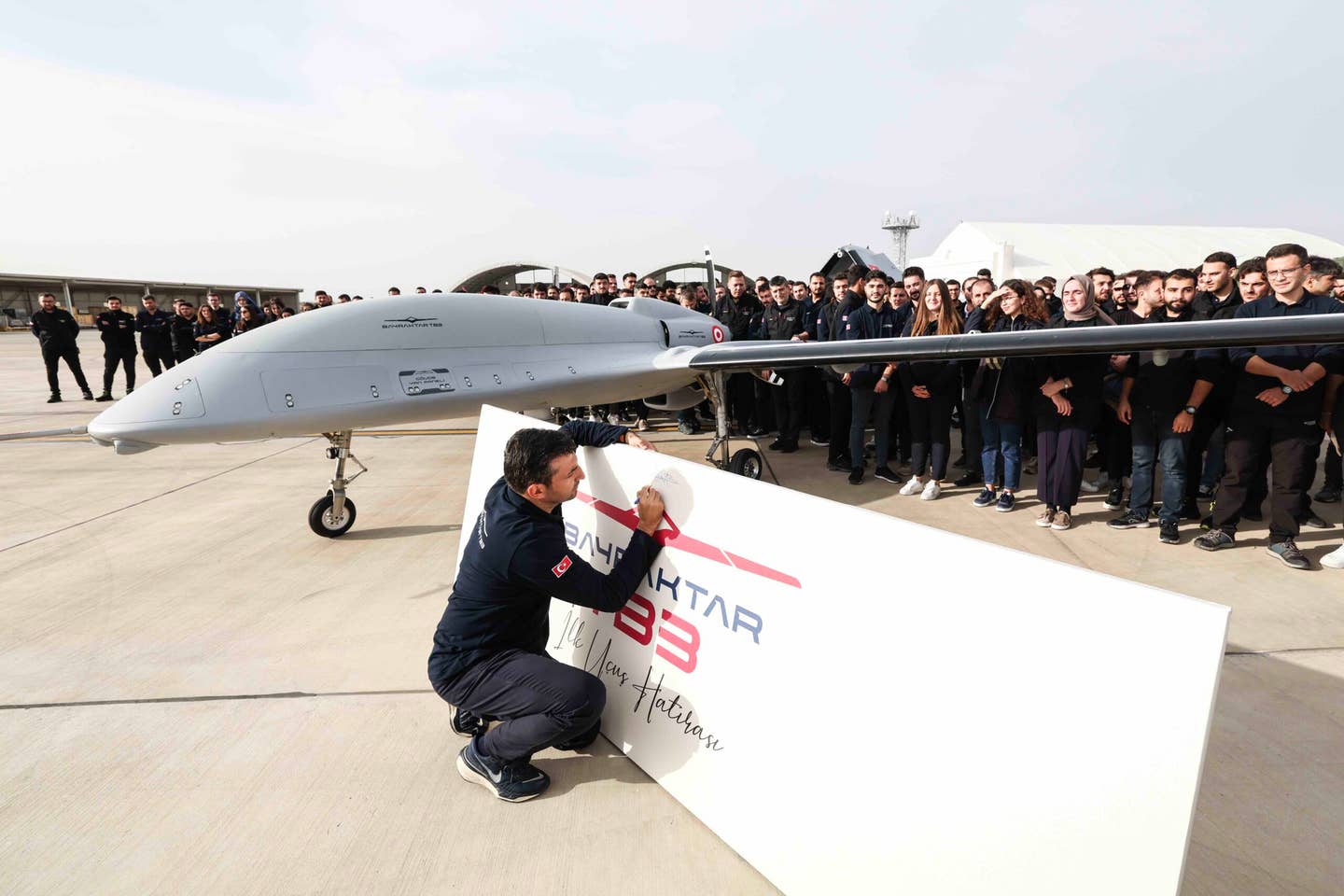China has showcased its electronic warfare (EW) version of the carrier-based J-15 fighter, termed the J-15D, through Chinese state media. The aircraft, reminiscent of the US Navy's E/A-18G Growler, integrates EW capabilities into a fast-flying jet fighter, as depicted in footage aired by China Central Television (CCTV).
The J-15D features distinctive pods, akin to those seen on the J-16D. Notably, China drew inspiration from the US F-16 C/D Block 52/60 design for integrating EW systems into the J-10D, making the J-15D the third fighter-based EW platform in the Chinese arsenal. Originating as a Chinese iteration of the Russian Su-33, the J-15 serves as a carrier-based aircraft.
Speculation surrounds the carrier from which the J-15D might operate, considering China's fleet of carriers, including the Liaoning, the Shandong, and the forthcoming Fujian. While visual evidence primarily showcases the Liaoning and the Shandong deploying J-15s, the J-15's heavy build may necessitate a Catapult Assisted Take-Off and Barrier Arrested (CATOBAR) flight deck, such as that found on the Fujian, equipped with an Electromagnetic Launch System (EMALS).
The J-15D's potential role aligns with its heavier counterpart's, the J-15, which specializes in carrying substantial payloads of anti-ship missiles. In contrast, lighter platforms like the J-31/J-35 focus on combat air patrol (CAP) and air superiority tasks.
Considering China's naval aviation strategy, the emergence of the J-15D, alongside the development of the J-31/J-35 and the introduction of the Fujian carrier, signifies a comprehensive enhancement of carrier-based capabilities. The J-15D is poised to play a pivotal role, akin to the US Navy's Growler, in providing electronic support and jamming capabilities during naval operations.




:quality(70)/cloudfront-us-east-1.images.arcpublishing.com/archetype/4GCO24O3TZFPJO3WZ5ZTOYH3QA.jpg)



